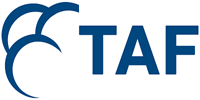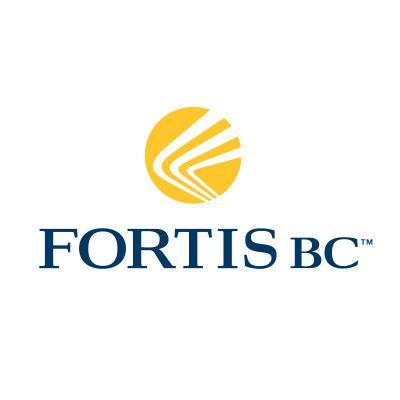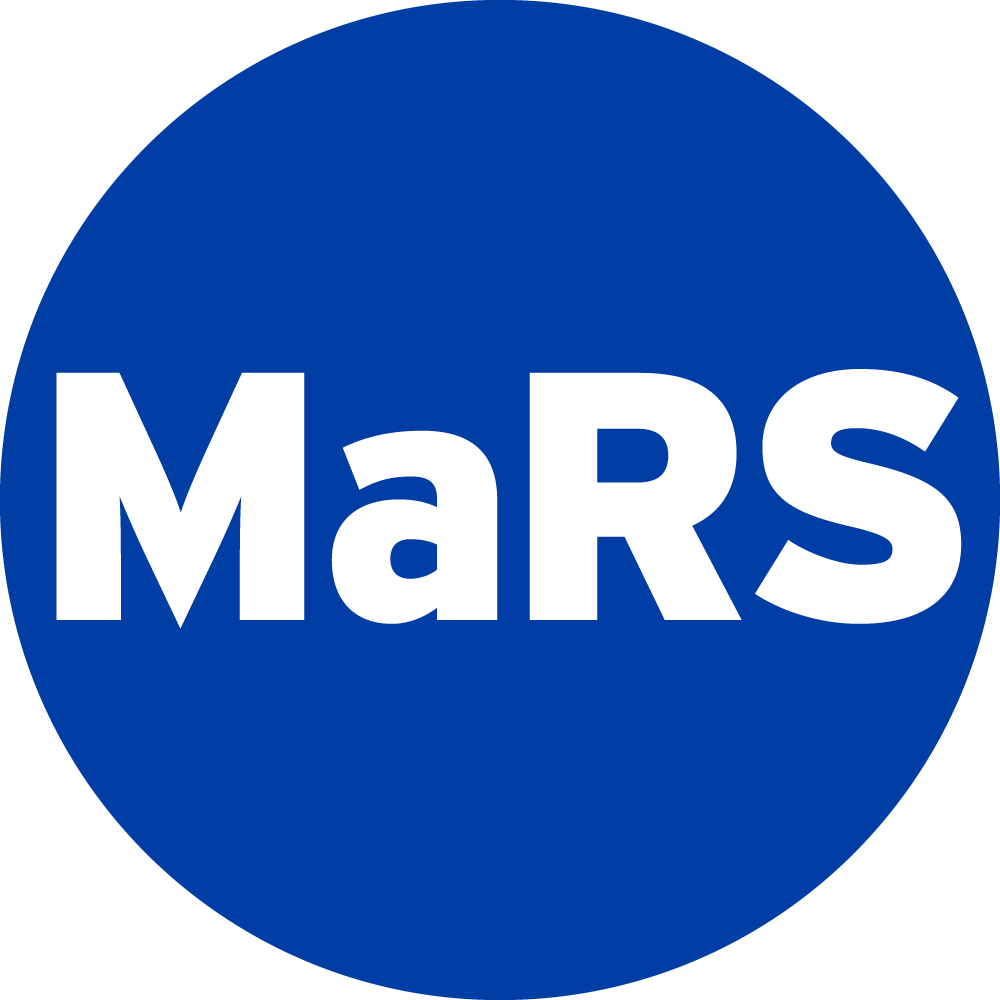Understanding the Potential of TENs
Thermal Energy Networks (TENs) may offer a promising alternative to traditional building-by-building decarbonization approaches in certain circumstances. To better understand the extent of their potential, our TENs initiative is leading several projects to clarify the techno-economic opportunities they present, and to explore ways to integrate these approaches into municipal, provincial, and federal regulations if and where appropriate.
Thermal Energy Networks in Canada
Co-authored with Dunsky Energy + Climate Advisors, this report looks at the benefits TENs can provide, the barriers to expanding their use, and the roles policymakers, regulators, utilities, municipalities, and developers can play in unlocking their potential.
Why Do TENs Matter?
Preparing Canada’s buildings for an electrified future will take every credible tool in our arsenal. While the BDA believes heat pumps in all their forms are the most promising tool for reducing emissions from building heating, TENs (which themselves can also rely on heat-pumps) could be an important complement to that pathway. Given their potential high performance, economies of scale, reduced peak electricity demand impacts, climate resilience, and their capacity to leverage multiple available sources of clean heat (ambient, ground and waste heat, as well as electricity, RNG and biomass), TENs represent a promising solution for decarbonization beyond a building-by-building level. What’s more, the planning approaches that facilitate TENs can help foster a better managed, more affordable energy transition. However, many challenges remain before they can be adopted at a meaningful scale, particularly in the context of existing buildings and neighbourhoods.
Our Projects
There are many open questions about the appropriate implementation of TENs. The projects in this initiative will address those gaps from a variety of perspectives, combining in-depth analysis with insights from expert advisors to help Canada’s building sector understand where and how to best use these tools.
Developing Thermal Network Impact Potential and Advancing Regulatory Prototypes
Estimated Timeline: 2024-2026
Description: While TENs are a promising solution for neighbourhood-scale decarbonization, the local clean heat planning approaches that could allow them to reach scale are only just emerging in Canada. This two-year national study aims to clarify the economic opportunities associated with TENs and local clean heat planning approaches, and to find ways to embed those approaches into regulations at the municipal, provincial, and federal levels. Ultimately, we aim to provide analysis, decision support tools, and prototype policies that can help broaden the use of TENs where appropriate as a complement to other building-by-building decarbonization tools.
Project Funder(s):





(And more coming soon)
Steering Committee:
Expert Advisors:
Unlocking Utility-Scale Thermal Energy Networks in Canada
Description: This project will support the deployment of Thermal Energy Networks (TENs) at scale in three Canadian jurisdictions by exploring optimal regulatory approaches for thermal energy, and the potential and implications of enabling different levels of involvement and leadership by existing utilities: gas, electric, thermal, and water utilities. We will examine how this could enable models capable of delivering solutions at scale, including those led by municipal governments and public-private partnerships—but going as far as ones led by existing utilities, reflecting emerging practices in several U.S. states.
Our project’s objective is twofold:
- Reduce deployment risks for TENs (including all ownership models) through regulatory innovation and targeted reform on thermal energy and utility involvement;
- Define when, where and how existing utilities could play a larger role, and potentially even leading some deployments in certain regions.
We will support key local utilities and regulators to collaboratively develop solutions for implementation in three jurisdictions.
Project Funder(s):
Coming Soon
Road-mapping Initiative for Networked Geothermal (RING)
Estimated Timeline: 2024-2025
Description: From fall 2024 through spring 2025, the Building Decarbonizaton Alliance took part in a working group of industry and regulatory experts led by MaRS, with the goal of exploring how to accelerate the deployment of affordable, reliable, utility-scale geothermal networks in high-density Canadian cities that rely heavily on natural gas for heating.
Project Lead:

Resources from BDA Partners
- The Building Decarbonization Coalition has created an overview of thermal energy networks, including terminology, benefits, and a scan of current legislation
- Reshape Strategies has collected a set of case studies involving district energy for heating and cooling































